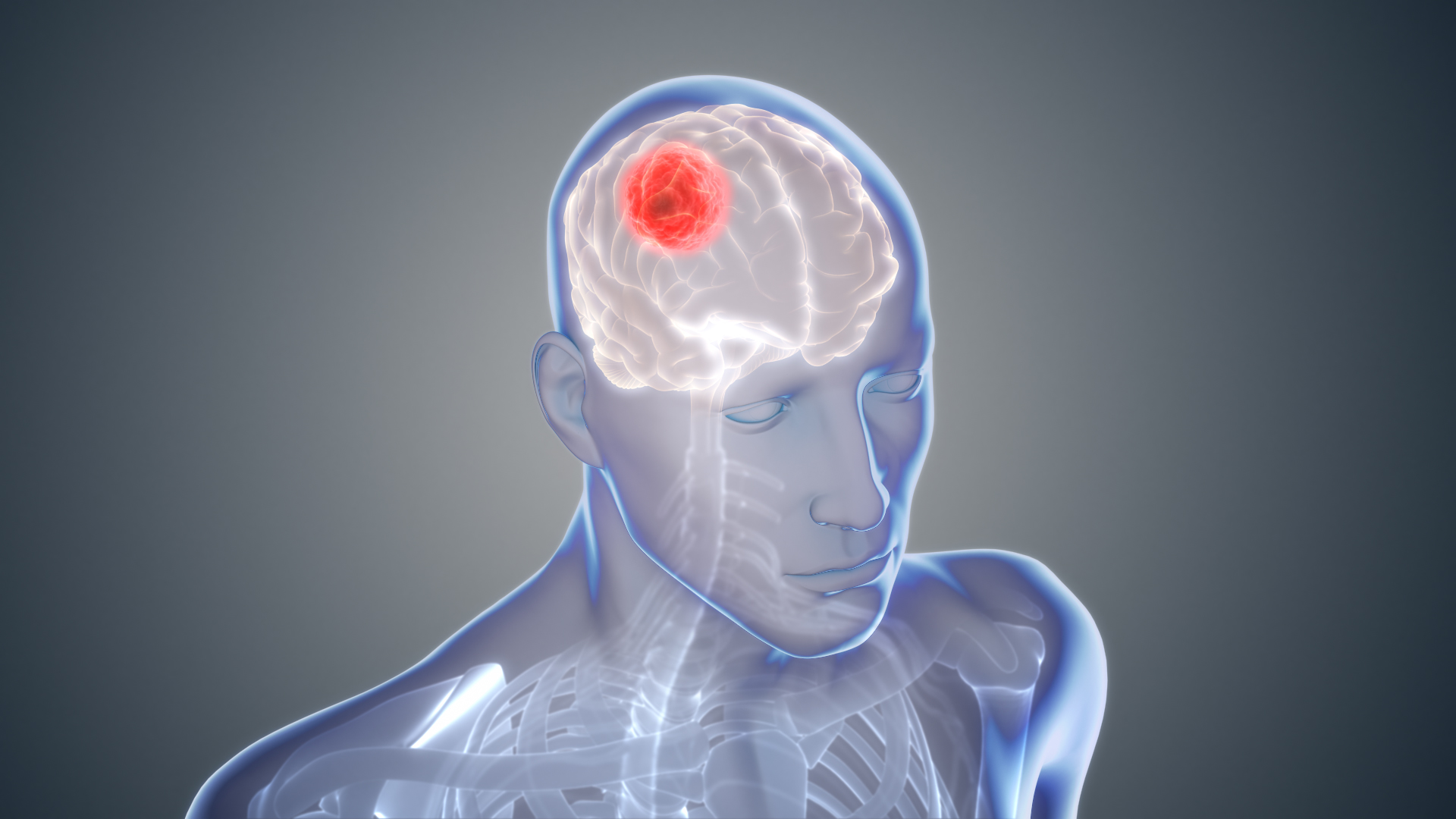As Robert Frost said, “The best way out is through.”
So this World Cancer Day, we picked up the deadliest cancer to discuss in order to prepare and aware you of the worst.

Glioblastoma multiforme is difficult cancer to treat and this makes it universally fatal. Surgery, chemotherapy and radiation therapy performed in combination, rarely extend the patients’ survival beyond two years.1 The ability of tumor cells to adapt, evolve and evade allows them to develop resistance against conventional treatment.
Glioblastoma tends to arise from astrocytes, star-shaped cells that make up the supportive tissue of the brain, from where it grows aggressively and invades the surrounding normal brain tissue.
How Metastasis wins over Surgery?
There are evidences to prove that glioblastoma tumors are maintained by a small cache of cancer stem cells.2 These are slow dividing cells capable of transforming into many different cell types and rebuilding tumors with newer, much diverse cells. They escape surgical treatment by replicating deeper into the brain where they get a more permissible environment 3 and then diffuse across the brain by hijacking the blood vessels and migrating along them.
Surgery can also be resisted through angiogenesis by tumor cells to secure new nutrition supply lines.4
Major Challenges in treating Glioblastoma
- Impossible to surgically scoop out the entire tumor
As discussed above, the major reason for this could be that unlike other tumors that have a well-defined boundary of normal tissue that eases the process and maximizes the chance of their complete elimination in a single attempt, this one is inevitably left in the deeper areas. This is done to avoid risking the cognitive function, or indeed immediate patient survival.
- The Blood-Brain Barrier
Many drugs prove to be inefficient in entering the brain to act on the tumor, owing to the blood-brain barrier that limits the passage of molecules (chemotherapy drugs) from the bloodstream into the brain. So, many drugs that may block glioblastoma growth in lab, fail to work in vivo because of this barrier. Temozolomide is the most common clinical choice as it has the ability to cross the blood-brain barrier.
- Resistance to Temozolomide
Some brain tumor cells express genes such as MGMT, which grants the ability to repair chemotherapy-induced DNA damage and bypass apoptosis.5Considering that temozolomide, works by damaging DNA through methylation, cells that are MGMT-positive can resist the drug’s effects. As easily exposed tumor cells and those which are sensitive to drugs and radiation are weeded out, cells with these survival traits are selected for expansion and can become the dominant cell type within a tumor mass.
What is the Healthcare Industry doing?
Researchers and doctors are striving to explore multiple avenues to tackle this devastating disease, such as better temozolomide-like drugs, targeted therapies aimed at the genes thought to drive glioblastoma development, tumor-killing viruses, or immunotherapies harnessing the body’s own immune system to target the cancer.
The need of the hour is to device a strategy that can minimise tumor evolution by keeping cells in a restrained, yet treatment-responsive state rather than rowdy and competitive. This may complement current treatments to improve the quality of life for patients and buy them some time while a next generation of treatment is developed.
References
1. DNA methylation profiles of long- and short-term glioblastoma survivors.2. Tumor self-seeding by circulating cancer cells
3. A neurocentric perspective on glioma invasion.
4. Tumor vasculature and glioma stem cells: Contributions to glioma progression.
5. Glioblastoma: pathology, molecular mechanisms and markers.
A Rare Cancer That Killed Steve Jobs
One of the reasons why pancreatic cancer tends to be such a threatening condition is that it is usually only detected until it begins to metastasize and symptoms such as abdominal pain, weight loss, or jaundice appear. Read More..








